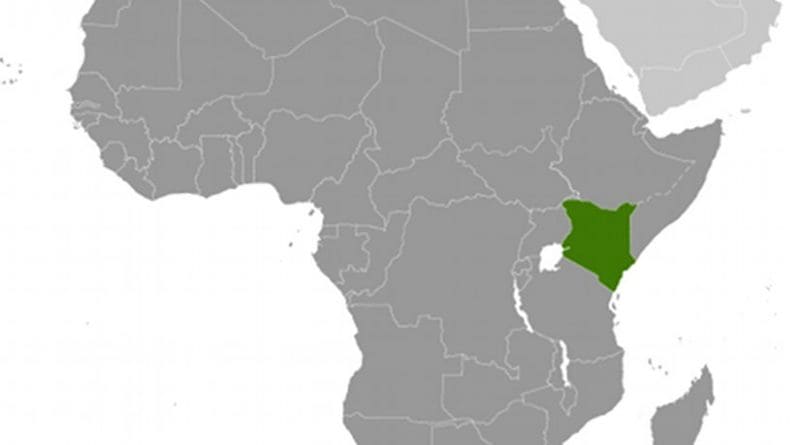Kenya: Nomads Hit By Longest Dry Spell In Memory
By IDN
By Lisa Vives
Kenya’s crucial rainy season came up short this year with only a few showers, wiping out livestock and putting millions of people at risk.
Photographs from Wajir County, near the border with Somalia, show dying and dead cows in a desert dotted with thorn trees. The longest dry spell in memory is pushing pastoralists nearer to starvation. “If they die,” said one herder referring to his camels, “we all die.”
“The rains have stopped now, so there is no hope of any other rain unless a miracle happens,” says Yusuf Abdi Gedi, Wajir’s local official for livestock and agriculture.
Since September, much of Kenya’s north has received less than 30 per cent of normal rainfall—the worst short-rain season recorded in decades, according to the Famine Early Warning Systems Network. The lack of rainfall has wiped out pastures and exacerbated food and water shortages.
The Wajir County administration is struggling to cope with the scale of the emergency and has hired 40 extra trucks on top of 18 of their own to distribute water. However, community leaders in Dahabley and Eyrib say they have not received government aid. “We have about 400 villages and we were not able to reach all of them,” says Abdi Gedi.
“We need three [trucks] a week for the 350 households in Dujis,” says Muhumed Noor, chair of Dujis village in Garissa, Wajir’s neighbouring county. But with no healthy livestock to sell, the community is struggling to pay the drivers, who refuse to leave without payment.
Wajir has not received any extra funds from the national government since the president, Uhuru Kenyatta, declared a national disaster in September, according to the Wajir local official. “That was supposed to “trigger support from the international community,” he says, adding that it had not happened to the extent needed.
The drought has been mounting for years but until the crisis peaks, news organizations and the international donors have their attention elsewhere.
Deterioration in the region’s food security situation has resulted in an estimated 2.1 million people facing acute food insecurity and in urgent need of humanitarian assistance in the next six months. Compared to the short rains’ assessment, this is an increase from 1.4 million found to be acutely food insecure. The deterioration is attributed to the dismal performance of the March-May Long rains season, climate change compounded by the effects of Covid 19 and the poor performance of the previous short rains season.

